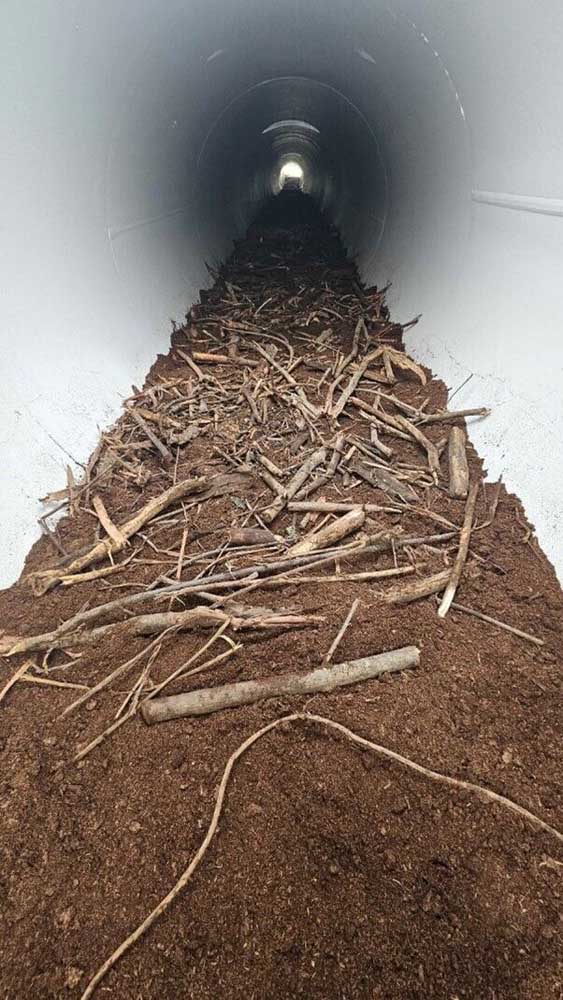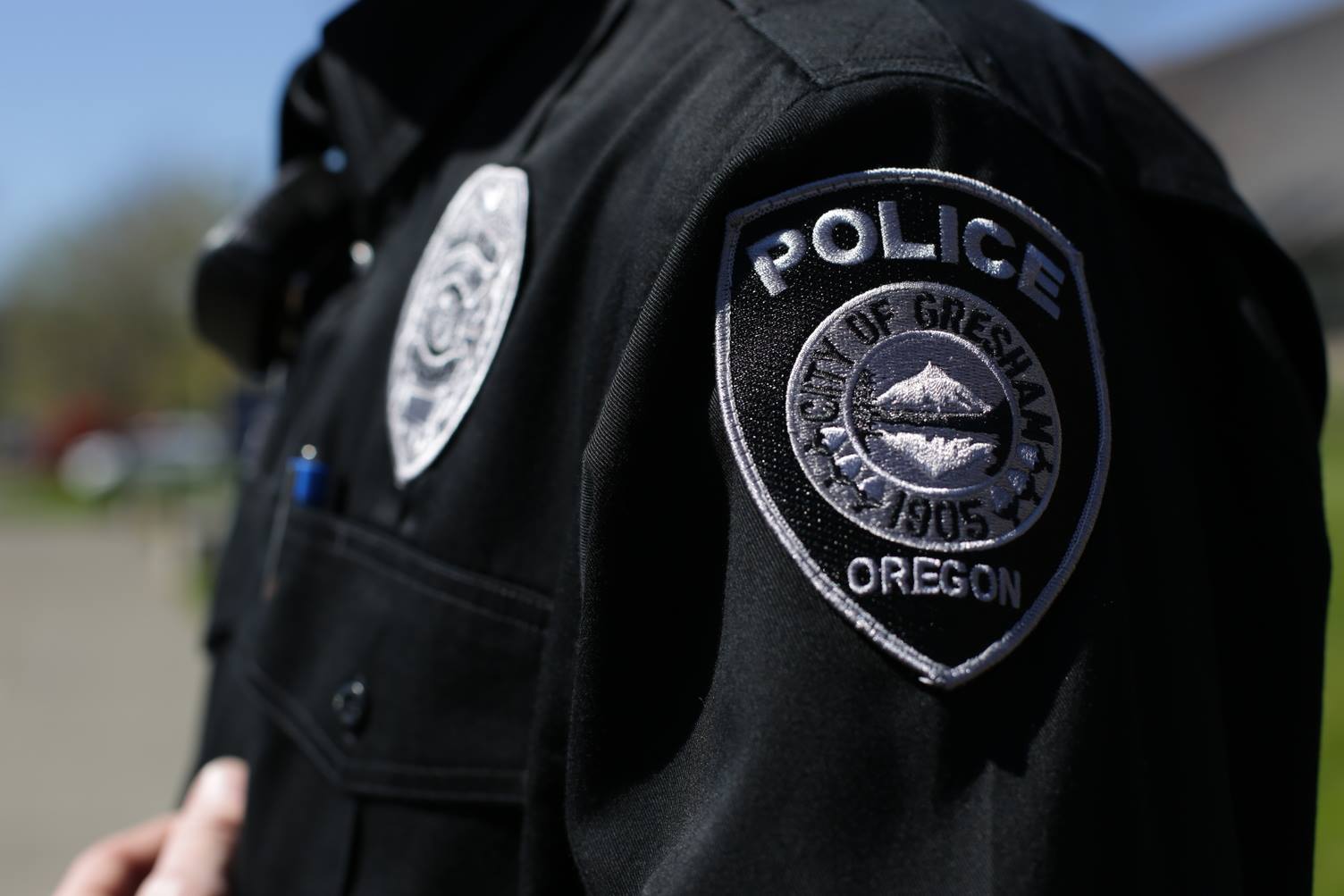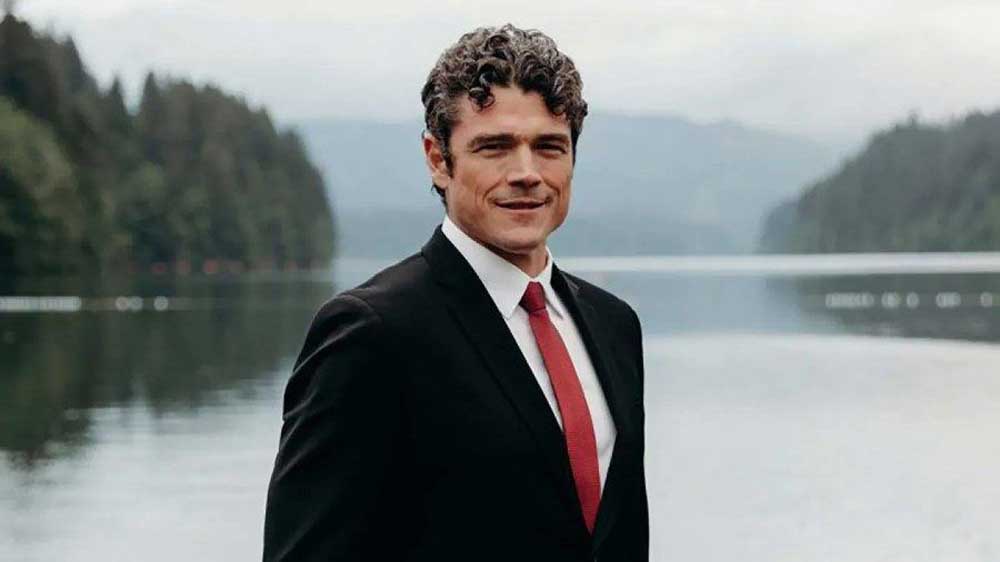Oregon’s first amphibian underpass: Northern red-legged frogs get safe passage under Highway 30
Published 12:47 pm Thursday, December 26, 2024

- The inside of the crossing.
Each year, Northern red-legged frogs face a perilous journey to get to their breeding grounds as they risk getting squished into the asphalt lanes of U.S. Highway 30.
Trending
They can’t hop over it. They can’t go around it. What’s a frog to do?
Enter the Palensky wildlife crossing — an underpass designed to allow safe passage for the amphibians beneath the busy roadway. Located near Sauvie Island and adjacent to the J.R. Palensky Wildlife Area, the underpass is the first of its kind in Oregon, aimed at protecting one of its most vulnerable species.
“They’re very small body little frogs up against something on the order of 30,000 vehicles a day driving on U.S. Highway 30,” Rachel Wheat, a wildlife connectivity coordinator with the Oregon Department of Fish and Wildlife, said. “There’s a very high mortality risk for those frogs.”
Trending
Northern red-legged frog
During the summer, Northern red-legged frogs take refuge from the heat in forested areas in the northern Tualatin mountains. But as temperatures begin to drop, they must make their way down to the wetlands where they breed.
“Highway 30 runs directly between their upland habitat and their wetland habitat, so they’re forced across that highway,” Wheat said.
The same frogs make headlines as the passengers onboard the Harborton Frog Shuttle. Each year, Northern red-legged frogs in Forest Park are carried by volunteers across Highway 30 to the Harborton wetland. The bucket brigade takes place about two miles from where the new underpass is located, Wheat said.
Northern red-legged frogs are listed as a sensitive species in Oregon — meaning they are the focus of conservation efforts — as the population has been reduced by invasive American bullfrogs and loss of habitat in western Washington and Oregon.
First in the state
Oregon doesn’t have many wildlife crossing structures, Wheat said, and this is the first in the state targeted at amphibians. It isn’t visible while driving on the highway, and if you saw it from the roadside it would look like some kind of storm drain. However, the 4.5-foot culvert is large enough for medium-sized mammals to fit through such as racoons, bobcats and coyotes.
“There’s been many research studies that have shown amphibians, including frogs, making ready use of these wildlife crossing structures all over the world,” she said.
Multiple factors fell into place to make this the perfect location to pilot such a structure — the existence of a breeding population of the frog, protected habitat on both sides of the highway and recent habitat restoration conducted by the Columbia River Estuary Study Taskforce and the Bonneville Power Administration. These pieces, taken together, assured researchers that there was quality habitat in the area that wouldn’t be developed in the future.
“We don’t necessarily want to invest a lot of money into building a crossing structure if the habitat is eventually going to be lost to housing or commercialization,” Wheat said.
Roadblocks
Though construction began in April and finished in November, the project has been in the works for more than a decade, Wheat said.
“It really took years and years of planning and designing and fundraising and permitting to get to a point where the construction was actually feasible,” she said.
The biggest limiting factor was fundraising, as there isn’t a devoted funding mechanism for wildlife crossings in Oregon and there’s very limited funding to draw upon for amphibians and reptiles. Multiple agencies including BPA, Metro and the Oregon Wildlife Foundation contributed to the project, and much of the time spent planning was devoted to figuring out financials. When all was said and done, the crossing cost about $3.6 million to build, Wheat said.
Cold-blooded crosswalk
Now that construction is complete, researchers will monitor what animals use the underpass with cameras. Researchers typically use infrared cameras in these situations, but because frogs are ectotherms, or dependent on external sources of body heat, they don’t trigger infrared cameras and special equipment is needed to monitor them, Wheat said.
Since researchers can’t exactly put up signs to alert the frogs to their new safe passage, channelizing walls were built that block them from jumping over it and funnel them into the tunnel. In the future, researchers may tag frogs to see how they use the structure, how long it takes them to get through it and what their behavior is like on the other side.
“I think the lessons that we learn from this crossing structure can help inform future wildlife crossing efforts for Northern red-legged frogs and other species on U.S. 30,” Wheat said.







